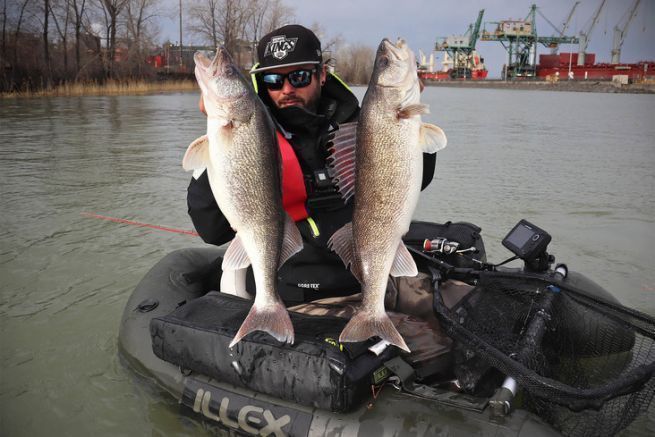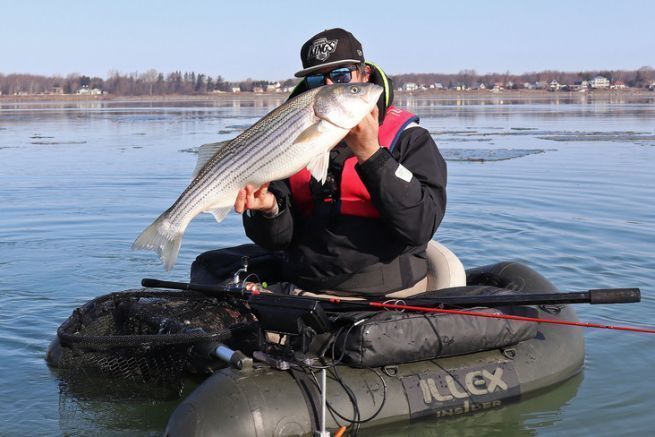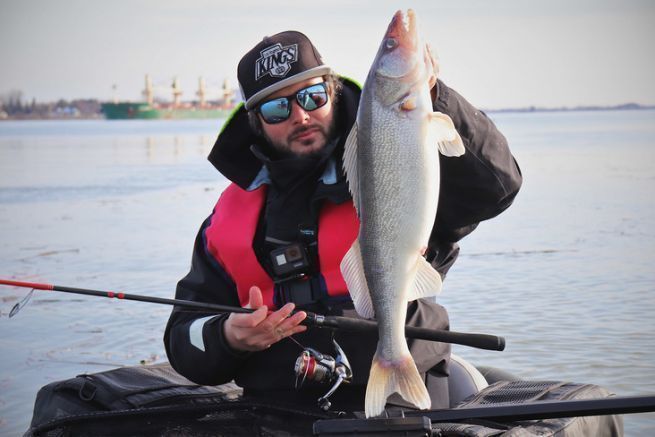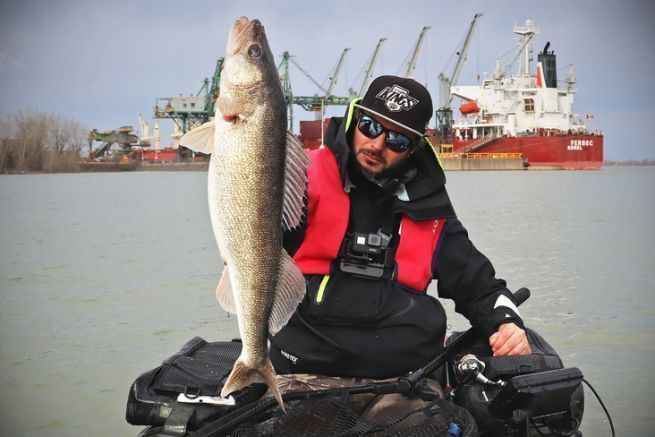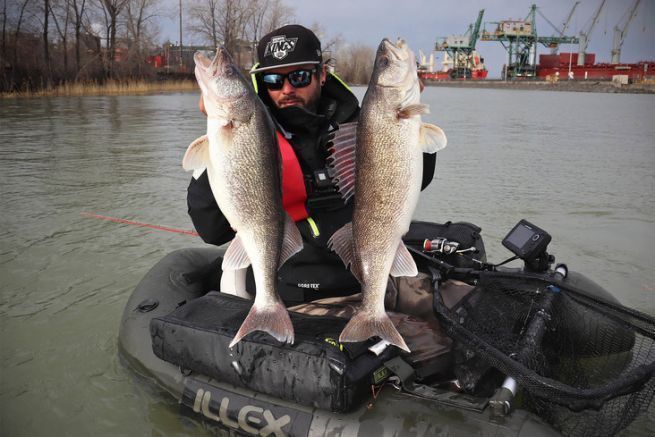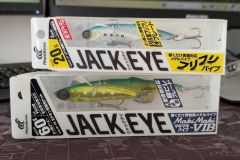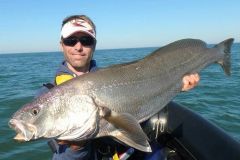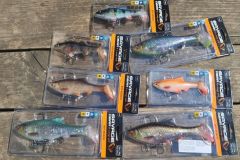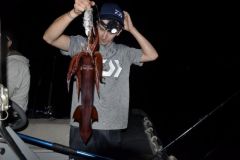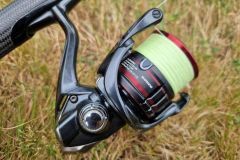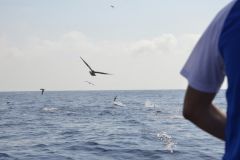Find the fish
First of all, I try to find the comfort zone of the fish and for that, I alternate the depth of fishing to begin. The bottom of the area fished during this session on the St. Lawrence River varies from 2 to 15 meters but I alternate my searches between 2 and 8 meters. By experience, the active fish are found at lower depths to hunt. Then, by conviction, I don't fish too deep areas to avoid decompression problems with my catches. I prefer to look for fish in the lower depths.
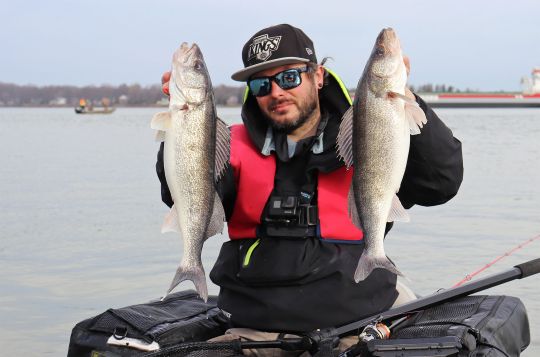
In this research, the echo sounder helps me to locate the schools of small fishes or even the biggest like carps because the walleyes are never very far. I can thus reduce my research zone as I observe and centralize my drifts on the band which seems interesting to me.
Manage speed and control depth
The echo sounder, in addition to locating fish, is mainly used to follow the depth in which I want to fish. In float-tube, to manage my speed I have only one solution: my fins. It is advisable to fin at a constant speed. It is a trick to take but once acquired, the unconscious quickly takes care of it. Given the speed at which I move forward, my lure is trailing behind me and therefore outside the field of vision of the echo sounder. In these conditions, everything is done by touch, hence the need for a good rod with resonance. If you're new to vertical fishing, you can increase the weight of the rod during your first few trips and then decrease it as you become more comfortable. It is important to reduce the weight of the sinker and to use the right weight. The walleye, like the zander, sucks up its prey. The heavier the lure, the less easily it will be sucked in, resulting in missed bites. Moreover, a heavy lead will hit the bottom more strongly than a light lead, causing harmful noise.

The echo sounder proved to be an invaluable aid in the success of this closure. The information of depth and presence of fish that it gives is so important that I can't imagine fishing vertically without it.
Pike and walleye were closed on March 31 to allow them to spawn in peace. Back on the water at the beginning of May for the opening of the pike.

 /
/ 